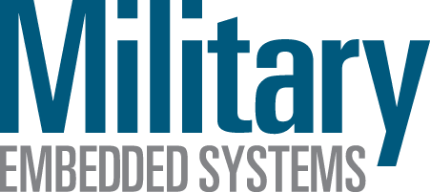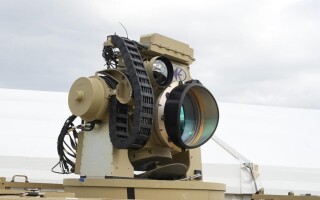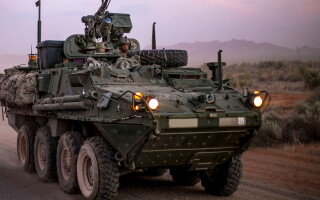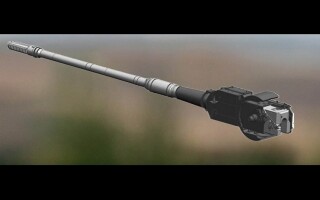Sea-Air-Space 2025 roundup: EW, autonomy, connectivity dominate this year’s show floor
NewsApril 08, 2025

NATIONAL HARBOR, Maryland. The Navy League’s Sea-Air-Space 2025 symposium featured a wide range of technologies this year, with key trends pointing toward greater autonomy, enhanced electronic warfare (EW) capabilities, ruggedized computing, and improved connectivity across domains.
Autonomy and uncrewed platforms were major themes. Leidos displayed its full suite of autonomous surface and undersea systems, including Sea Archer and Sea Castle, emphasizing logistics, ISR, and torpedo countermeasures. General Dynamics Mission Systems highlighted its GHOST optionally crewed USV and the tethered C-TEM UAS for shipboard surveillance. Metal Shark unveiled a new High-Speed Maneuverable USV (HSMUSV) designed for uncrewed operations using its SharkTech control system. Meanwhile, Raytheon showcased its Barracuda semi-autonomous mine neutralization system, capable of identifying and destroying naval mines in dynamic underwater conditions.
Electronic warfare systems also drew attention. SRC exhibited its Ghost Mantis EW payload designed for collaborative combat aircraft and multi-domain operations. RTX provided updates on the Next Generation Jammer Mid-Band (NGJ-MB), now integrated with EA-18G Growlers and nearing a full-rate production decision.
Rugged computing and embedded hardware had a strong presence on the show floor. BlueHalo displayed its SharkCage Tactical Chassis for expeditionary C5ISR/EW applications, while Advantech presented its Intel Xeon-powered SOM-5993 computer-on-module, targeting edge compute in harsh environments. Kontron and One Stop Systems also received Best in Show awards for rugged plug-in cards and servers, respectively.
Connectivity and radio systems were prominent as well. L3Harris showcased its AN/PRC-167 multi-channel manpack radio, which combines SATCOM, MANET, and crossbanding in a compact, software-defined form factor. Airbus brought its Ranger SATCOM terminals, emphasizing rapid setup and network flexibility for tactical deployments.
Radar and sensing technology made a strong showing. Lockheed Martin featured its SPY-7 radar system, capable of supporting multi-mission naval and ground applications with scalable, software-defined architecture. Shield AI’s ViDAR system demonstrated how AI-powered passive sensors can extend ISR coverage across air and sea domains. EIZO highlighted rugged displays for maritime command-and-control environments, including its Talon series and multi-system interface tools.
Finally, in aviation and training, Leonardo and Textron showcased the M-346N Integrated Training System for the Navy’s T-45 replacement, giving attendees a hands-on look at cockpit simulators and VR maintenance tools.
Taken together, the technologies on display at Sea-Air-Space 2025 reflect a clear push toward integrated, modular, and upgradeable systems designed to operate across contested and distributed environments, where autonomy, survivability, and data fusion are paramount.





